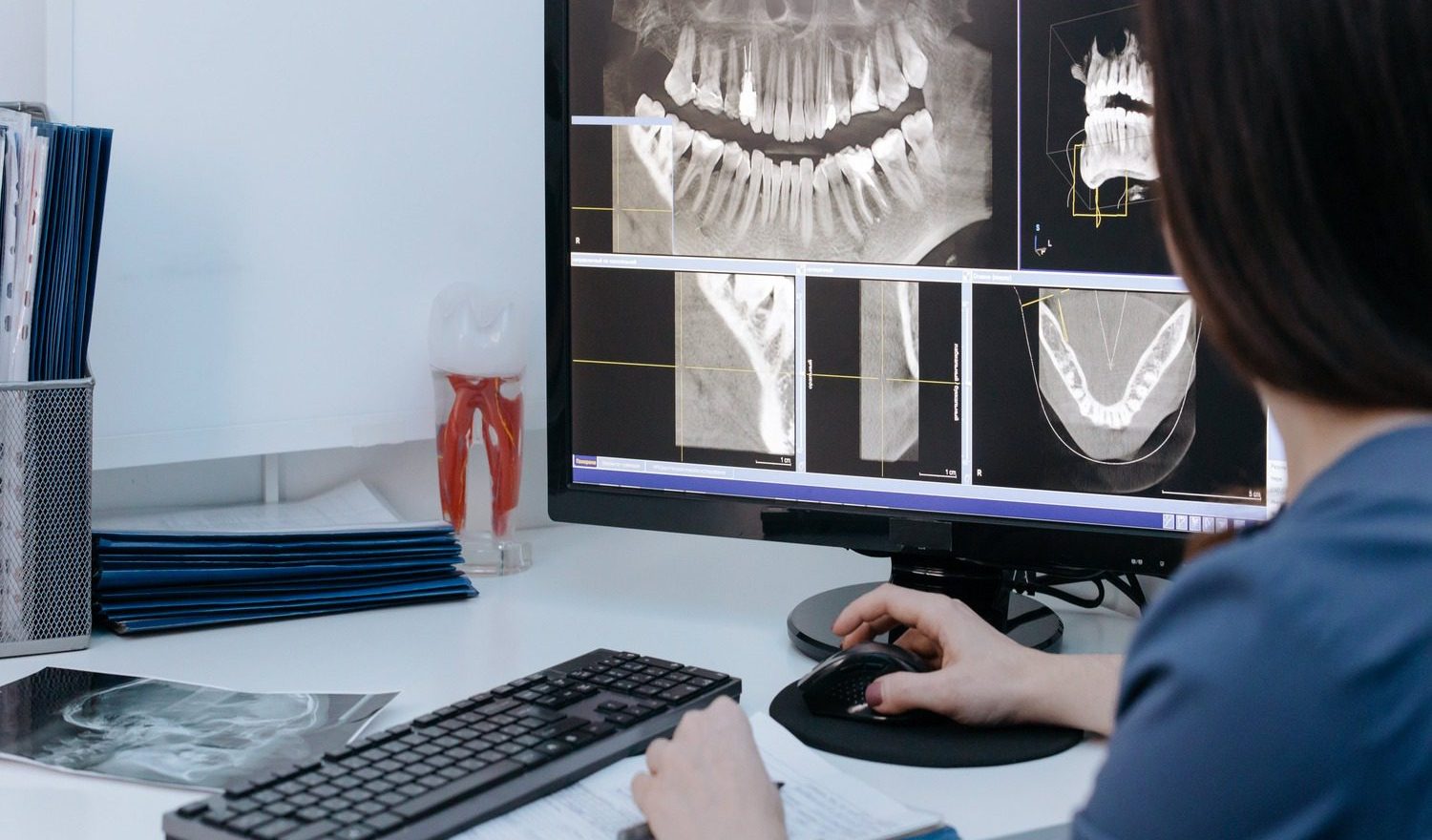Starting a career as a medical illustrator enables you to support the medical community and patients by using visual designs to interpret health-related information. As a medical illustrator, you can work in places such as research institutions, laboratories and pharmaceutical companies. Additionally, you can also offer independent services to these companies. Pursuing a career as a medical illustrator can be a rewarding path with access to vast opportunities.
Furthermore, this career can be exciting for anyone passionate about drawing and the healthcare sector. Therefore, this career is a combination of arts, science and medicine. Medical illustrators are skilled artists who have received training in both art and life sciences. They assist people in visualizing scientific and medical concepts.
In this piece, I will walk you through the steps to start a career as a medical illustrator.
Steps to Pursue a Career as a Medical Illustrator
-
Earn a Bachelor’s degree
Firstly, you must gain a bachelor’s degree before you can start a career as a medical illustrator. In this career path, you can take either an art or a medical science course, However, the art course must have a minor in a medical-related field and the medical science course must have an art-related minor. You can take courses such as anatomy, graphic design, illustration, microbiology, biology, art theory, drawing, and computer graphics.
-
Pursue a Master’s Degree
You need to undertake a master’s degree programme after earning your bachelor’s degree. This is very important for your career. Therefore, you must pursue a master’s degree in a course that is related to medical illustration. You can gain a degree in areas such as pathology, 3D modelling, design and colour theory, pathology and surgical illustration.
-
Gain Experience
You need to gain relevant experience to become an expert in this field. Therefore, you can gain experience through internships, and by volunteering. Additionally, you can apply to medical institutions and organizations to work in their facility.
-
Build a Strong Portfolio
While building your career, you should create a profile to show your career journey. Additionally, you should show the work you have carried out and the organizations you have worked with. This will increase your visibility and give you access to opportunities in the industry.
-
Obtain Professional Certification
Acquiring professional certificates can demonstrate your expertise and knowledge. Additionally, it demonstrates your commitment to continuous learning and professional development.
-
Join a Professional Association
As a medical illustrator, you must become a member of a professional association. This will give you the chance to network and connect with colleagues, and experts. Furthermore, you can have access to growth opportunities as well as career opportunities.
Skills Needed to be an Effective Medical Illustrator
- Interpersonal Skills
- Business Acumen
- Scientific expertise
- Artistic ability
- Cooperation skills
- Attention to Details
- Communication skills
Roles to Explore in Medical Illustration
- Medical Artists: Medical artists create incredibly precise and thorough anatomical illustrations and artwork for publications, education, and research using a variety of media. Additionally, these professionals can use either digital or traditional mediums to create medical sketches.
- Clinical Photographers: Clinical photographers are in charge of daily documentation of clinical conditions encountered by patients. They work in places such as studios, clinics, wards or operating theatres. These professionals can specialize in different areas of medicine such as dentistry, dentistry, ophthalmology, surgery, or dermatology, as well as work in the community.
- Videographers: Healthcare videographers work on educational, clinical, and surgical skill training videos as well as publications, research, public relations, and clinical record videos. Additionally, they work with medical artists to produce 3D animations for their videos.
- Graphic Designers: Healthcare graphic designers are experts at creating pieces such as artwork, scientific posters, pamphlets, medical data, and other multimedia content. Additionally, they work with medical artists and clinical photographers to produce works for publications.
Places to work as a Medical Illustrator
- Health app and instructional platform design companies
- Medical web design, computer modelling, and animation studios
- University medical schools and teaching hospitals
- Hospitals – medical staff support and patient education
- Pharmaceutical and biotech companies
- Bio-communications / life science companies and associations
- Veterinary schools
- Medical research firms, modelling research data
- Academic, textbook, and medical journal publishers
- Software companies that develop medical and healthcare software
- Law firms with medical malpractice, medical product liability, personal injury, and healthcare clients
- Government prosecutors / US attorneys/district attorneys
- Government / public health agencies
- Advertising agencies with healthcare and pharmaceutical clients
- Television, film, and video production companies – medical documentaries and dramas
- Museums
In Conclusion, starting a career as a medical illustrator requires you to have good medical knowledge as well as artistic skills. In this career, you will be required to transform complex medical information into visual images. Therefore, you should pay attention to honing the necessary skills that you need. Most importantly, you should put in a lot of commitment and hard work to achieve expertise in this career.
Good luck!

